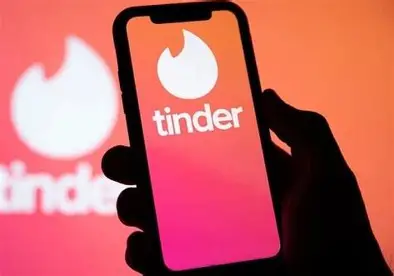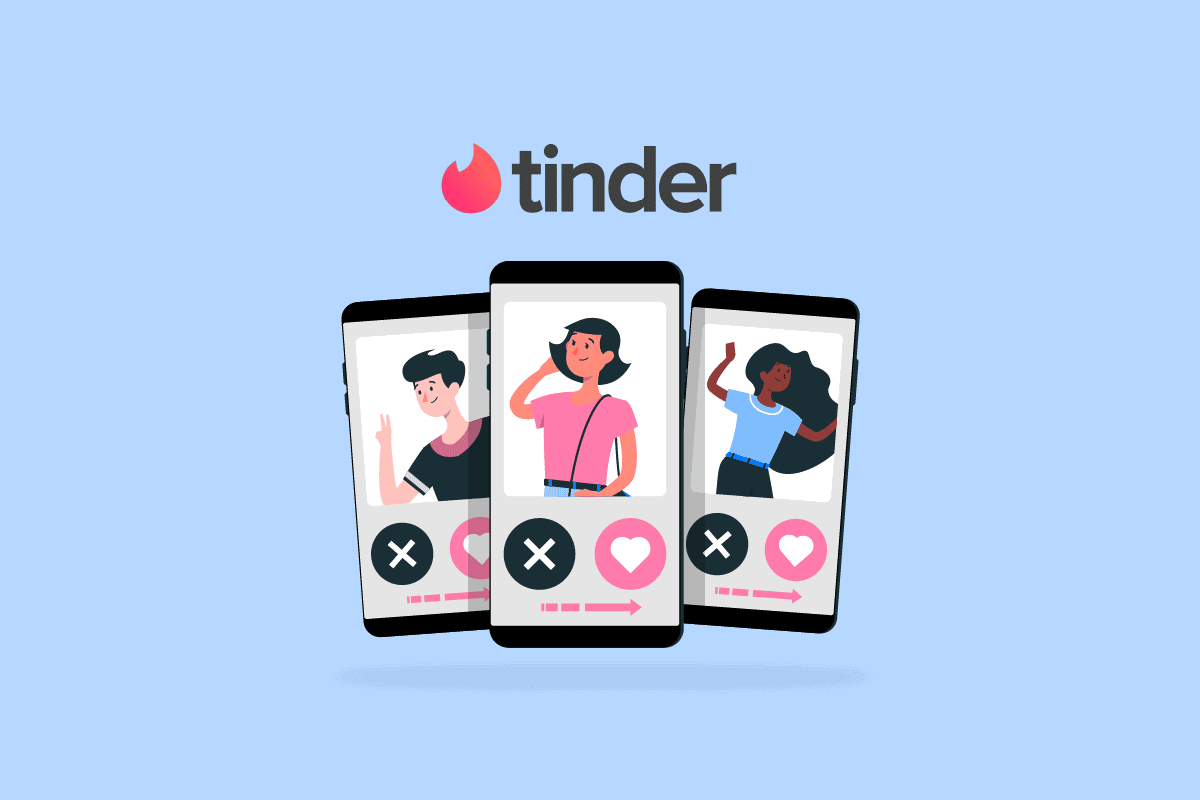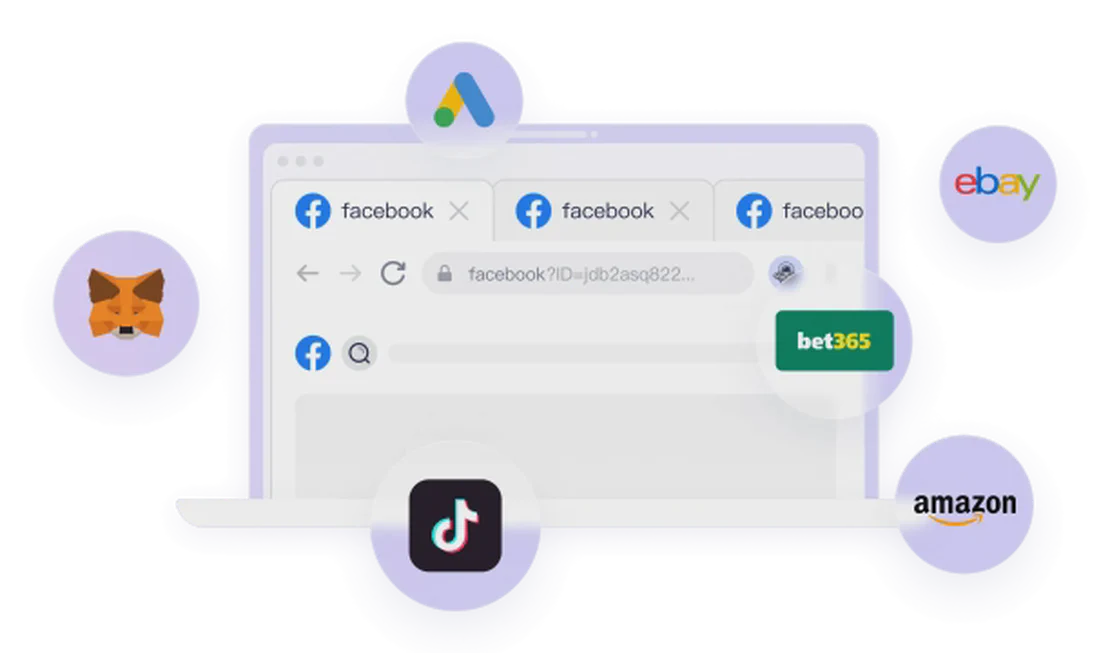Once upon a time, Tinder wasn’t just an app; it was a cultural icon, a revolutionary product that fundamentally changed the way humans date. In just a few short years, it catapulted from a mere idea to a behemoth with over a billion dollars in annual revenue. Its staggering statistic of over one billion swipes a day declared the dawn of a brand new “swipe” era.
Yet, the tides have turned, and the landscape has changed. Today, Tinder is stumbling, a far cry from its glorious past. Younger generations have lost interest, with surveys showing a staggering 80% of people feel “dating apps really suck,” with many abandoning them entirely. The former industry king is now mired in a quicksand of its own making, cycling through five CEOs in four years—a real-life business drama.
This isn’t just the story of one company’s failure; it’s a vivid business case study, a cautionary tale. What exactly went wrong with Tinder? And as small business owners navigating the entrepreneurial waters, what profound lessons can we learn from this “great downfall” to avoid repeating its mistakes?

The Glorious Beginning: Perfect Timing, Place, and People
Tinder’s rise was a textbook-perfect launchpad. Its success was no accident; it was a masterful alignment with the rhythm of its time.
First, it rode the mobile wave. Around 2012, smartphones were becoming an extension of ourselves. A wave of native mobile apps, from Uber to Instagram, was emerging. Tinder astutely seized this trend, transplanting the ancient need to “find a mate” onto the phone, and gamified the entire process. A simple left for no, a right for yes—a direct, suspenseful interaction that made finding a partner feel like playing a game. This “swipe anytime, anywhere” model was revolutionary at the time.
Second, it perfectly served the pain points of Millennials. As digital natives, Millennials craved efficiency and convenience while also being averse to the most frightening aspect of traditional dating: the awkwardness of face-to-face rejection. Tinder ingeniously mitigated this risk through its matching mechanism (both must swipe right to chat). You would never know who had swiped left on you, making the experience feel dignified and safe. Just as Millennials were seeking an emotional connection that was both liberating and risk-free, Tinder appeared.
Finally, and crucially, Tinder’s founding team, in its earliest days, didn’t opt for the “get-rich-quick” Silicon Valley fantasy. Instead, they embraced a “clumsy but effective” grassroots approach: on-the-ground marketing. They took Tinder’s prototype from one college campus to another, doing the most primitive, painstaking work of one-on-one user acquisition. This “face-to-face” connection not only accumulated high-quality seed users initially but also allowed the product to gain deep insights into its core user base (college students) before it even officially launched. This is why I’m recording this video in front of a school—because school was the true starting point of the Tinder saga.
The Beginning of the Decline: The “Original Sin” of the Business Model
When a product is taken over by capital and commercial logic, its original core purpose is often quietly altered. Tinder’s turning point also stemmed from this.
Its business model harbors a fundamental conflict of interest. The user’s ultimate goal is to “get off the app”—to find a meaningful partner, then close the app, and stop paying. Tinder’s owner (part of Match Group), however, aims to keep users on the app and paying. The user’s success would mean the app’s “failure.”
Over time, savvy users gradually discovered this “secret.” They realized that Tinder’s business model wasn’t genuinely dedicated to helping them solve the core problem of “finding a partner,” but rather to keep them “addicted to the app” and “constantly swiping.” Once this feeling of being “manipulated by an algorithm” took root in users’ minds, it spread like wildfire. When people realized these apps weren’t solving their problems but rather creating more frustration and costing them money, the word-of-mouth turned sour. This was the “internal original sin” behind Tinder’s user exodus.

Internal Strife and External Pressures: Competitors’ “Disruptive Strike” and Generational “App Fatigue”
If the internal conflict of interest was a “chronic disease,” then the external competition and changes in the时代 served as the “last straw” that broke Tinder’s back.
Internal Woes: The Exodus of Core Talent and the Rise of Competitors
Internal management chaos led to turmoil within the core team. Like Whitney Wolfe Herd, took away not just talent, but a deep understanding of the Tinder model. Whitney went on to found Bumble, whose core strategy—“women make the first move”—precisely targeted Tinder’s weakness. Bumble returned the choice and initiative to women, a user experience innovation that was disruptive at the time, successfully attracting a large number of users who were tired of the Tinder environment.
Similar “disruptive strikes” continued. Apps like Hinge, with its motto “designed to be deleted,” directly signaled its commitment to solving serious relationships, creating a sharp contrast with Tinder’s “hookup tool” stereotype. These competitors, like sharp knives, carved up Tinder’s market and nibbled away at its user base.
External Perils: The Generational Shift and Market Saturation
Tinder’s rise was built on Millennials, but its fall is inextricably linked to the arrival of a new generation—Gen Z.
Gen Z holds vastly different values and lifestyles than Millennials. The hookup culture, a market Tinder had proudly and successfully targeted, might not be so “cool” or could even be seen as “yucky” by Gen Z. They generally approach strangers met online and relationships formed via apps with a more cautious, anxious, and less trusting attitude. A series of social safety incidents and negative news stories have made Gen Z deeply skeptical about the safety of online dating.
Meanwhile, after nearly a decade of development, the dating app market had become saturated. By 2020, about 30% of the US population had tried some form of dating app. This meant that those willing and eager to try this new way of dating had largely already done so. With the novelty gone, what remained was mostly fatigue and disappointment.
Even more fatally, the gender imbalance within the app became increasingly severe. Men tend to swipe right liberally, while women are extremely selective. This led to a situation where most men received little return on their investment, eventually leaving the platform in frustration. This not only caused immense friction between users but also significantly lowered the platform’s activity and matching efficiency.
How Entrepreneurs Can Avoid the “Tinder Trap”
The story of Tinder is a wake-up call for all entrepreneurs:
- Beware of the fundamental conflict between growth and user goals: No matter your business model, never forget the core problem you solve for users. When your commercial interests clash with your users’ goals, this “time bomb” will inevitably explode.
- Maintain team stability and cultural continuity: Internal strife and the loss of core talent are “hemorrhaging” for a company, directly leading to strategic drift and a lack of innovation.
- Embrace change, don’t betray your original mission: When the external world changes (e.g., a generational shift), don’t use past success formulas to attack new problems. Don’t panic and try random, disconnected solutions (like Tinder’s dabbling in crypto and the metaverse). The correct approach is to return to the mission: Who did we originally serve? What are their new needs? How should we adapt?
- Always stand with your core users: Maintain a dynamic awareness of your core user base, listen to their voices, and adjust your product strategy promptly to avoid being washed away by the tide of time.
FlashID : Safeguarding Your “Core Assets”
The rise and fall of Tinder is a story about “people” and “relationships.” Whether it’s the relationship between users and the platform, or among the founding team members, it ultimately defined a company’s destiny. For many of us entrepreneurs who rely on multi-account marketing, we are also managing a type of “relationship”—our relationship with various advertising platforms, affiliate partners, and our own test accounts.
When your business begins to scale, you will inevitably need to manage multiple accounts across platforms like Facebook, Google Ads, and Amazon Associates. This is just like Tinder needing to manage the “matching relationships” of millions of users in its early days. If mishandled, it leads to the “breakdown of relationships.”
In the digital marketing world, the manifestation of a “relationship breakdown” is account association and banning. If your multiple accounts are deemed by a platform to be operated by the same entity, at best your ad delivery will be limited, and at worst, your accounts will be directly banned, destroying the business empire you’ve worked so hard to build. The logic behind this is strikingly similar to why users leave Tinder due to a “conflict of purpose”: the platform’s (Tinder’s/Google’s/Facebook’s) rules and goals are fundamentally in conflict with our goals as operators.
FlashID Anti-Detect Browser is a tool created specifically to solve this kind of “relationship fragility.” It creates a completely separate, isolated digital identity (a unique IP address, browser fingerprint, device info, etc.) for each of your marketing accounts. In the platform’s eyes, this is no longer you operating multiple accounts, but numerous, unrelated, “high-quality users” from around the world engaging in normal activities.
The value of this “identity isolation” is that it ensures your core business assets—your advertising accounts—can operate safely and stably, allowing you to boldly expand and innovate your business while complying with rules, without constantly worrying about suffering a catastrophic blow from an “association” issue.
This is like an organization that, to ensure its core business runs safely, sets up separate, non-interfering office spaces and communication channels for different critical departments. FlashID is the most reliable “isolation manager” in your digital marketing world. It safeguards not just accounts, but the commercial relationships you depend on for survival and growth.

Frequently Asked Questions (FAQ)
Q: Does Tinder’s business model really have an “original sin”? Wouldn’t a company go out of business without being profitable?
A: The problem isn’t profitability itself, but whether the way of achieving it conflicts with the users’ fundamental goals. Tinder can be profitable, but its methods (like encouraging infinite swiping and payments) are precisely what hinder users from achieving their ultimate goal (finding a partner), which is the core of its contradiction.
Q: If Gen Z is not into hookup culture, would they really use an app to find a long-term partner?
A: They would, provided the app can genuinely address their concerns about safety and authenticity. Apps like Hinge, which encourage users to show more real information and emphasize authentic relationships, are trying to fill this market gap.
Q: Is “on-the-ground marketing” this old-fashioned customer acquisition method still important in today’s internet age?
A: It’s incredibly important, especially during a product’s cold start phase. The Tinder story proves that building a real, warm connection with your core users provides insights and value that no online algorithm can match. It defines your product’s DNA.
Q: Is the gender imbalance issue in Tinder unique to it, or a challenge for all dating apps?
A: It’s a widespread industry-wide problem, as its roots lie in the natural differences in mating and social strategies between men and women. However, an excellent app can mitigate this imbalance through product design (like Bumble’s women-first mechanism) to improve the user experience.
Q: What lessons does Tinder’s decline hold for other “addictive” products (like social media, short-video apps)?
A: The lesson is to distinguish between “user time” and “user loyalty.” Users can spend a lot of time on your app, but if they feel it’s just consuming their life without achieving any valuable personal goal (like building real connections, learning something useful), that “addiction” is fragile and can easily be replaced by newer, more valuable products.
Q: As a small business owner, how can I prevent “Tinder-style” infighting and talent loss within my own company?
A: The key is to establish clear, fair equity and incentive mechanisms that make the core team (like Whitney Wolfe) feel like they are owners of the company, not just employees. Founders also need to remain humble, be good listeners, and place personal interests and the company’s long-term development on equal footing.
Q: Besides dating apps, what other industries have suffered from the “conflict of interest between user and platform goals”?
A: Social media is a prime example. Users want meaningful social interaction, while the platform wants users to scroll infinitely to generate ad revenue. News apps are another; users want in-depth information, while the platform wants them to click more low-quality, sensational headlines.
Q: Why is an “unglamorous but effective” method more important in the early startup phase than an “elegant but slow” one?
A: Because survival is the number one priority in the early stages. Investors can wait for you to grow, but the market won’t. Quickly acquiring the first group of users, validating the business model, and getting valuable early feedback is far more practical than pursuing a perfect but slow-moving solution.
Q: If I’m running a multi-account marketing business, how can I tell if my accounts are at risk of “association”?
A: If you manage multiple accounts across platforms with the same personnel, the same payment methods, and similar behavioral patterns, the association risk is very high. This is especially true when one account is penalized, as the others are easily “implicated.”
Q: Besides preventing bans, what other benefits can using a tool like FlashID bring to my multi-account business?
A: Besides security, it can also greatly improve operational efficiency. With features like window synchronization and RPA automation, you can manage hundreds or even thousands of accounts from a single software interface, automatically performing repetitive tasks like posting, liking, and commenting. This frees up human labor to focus on strategy and content creation, achieving truly profitable scale.
You May Also Like
